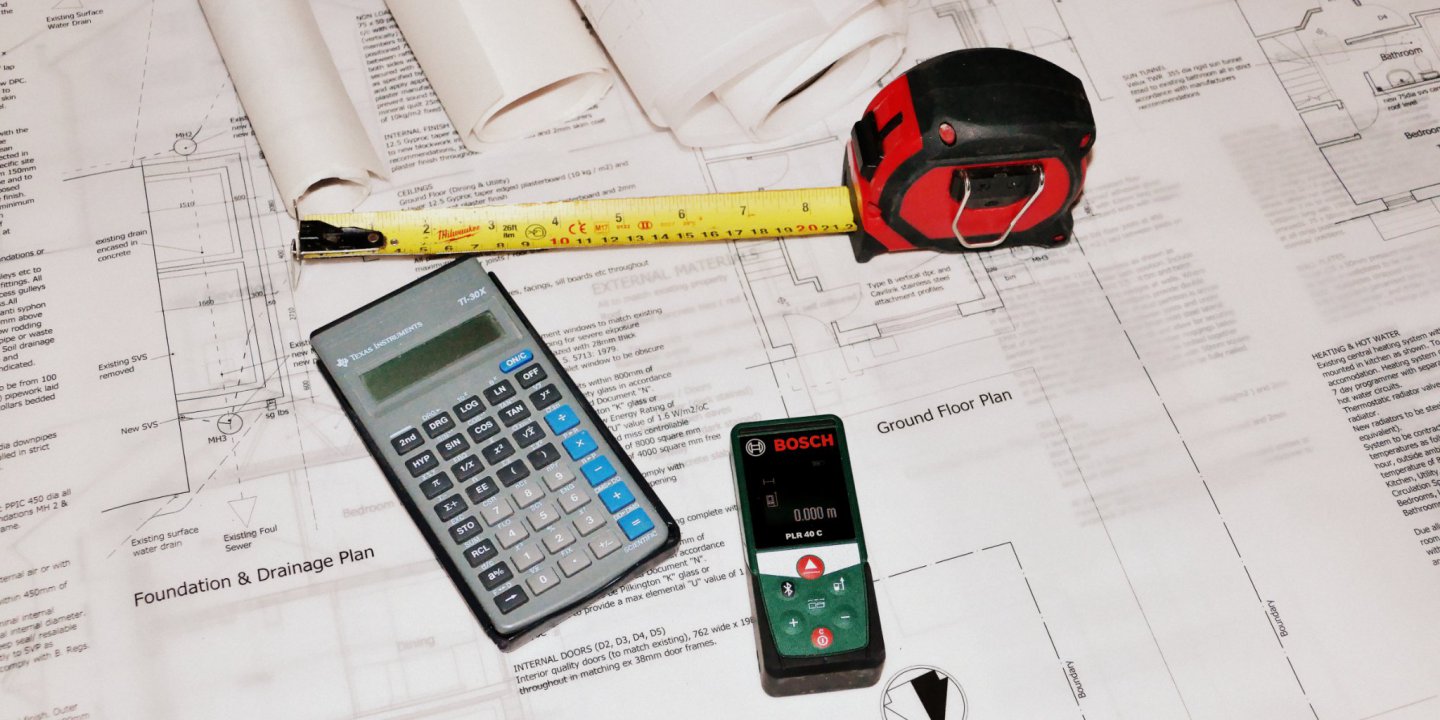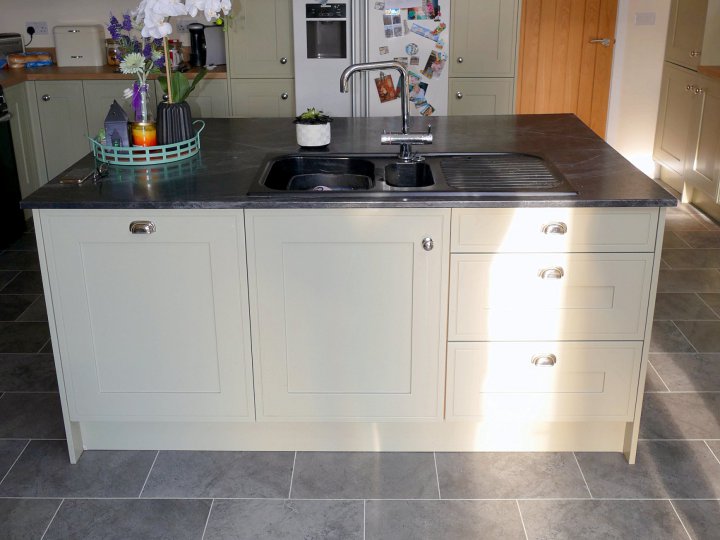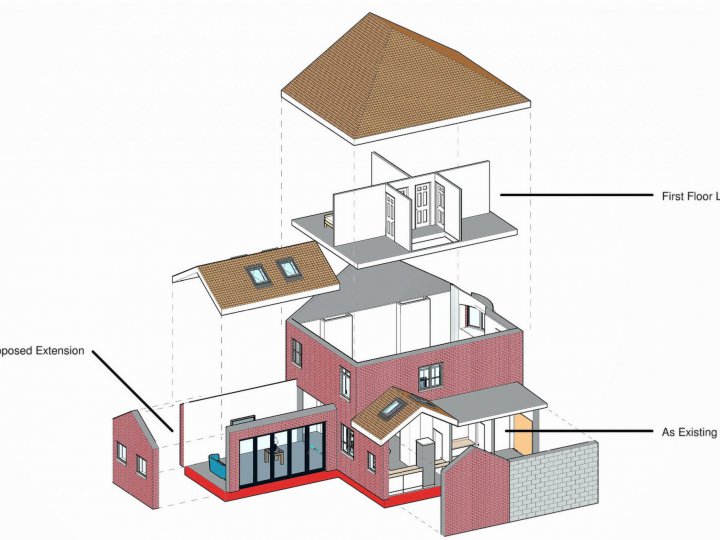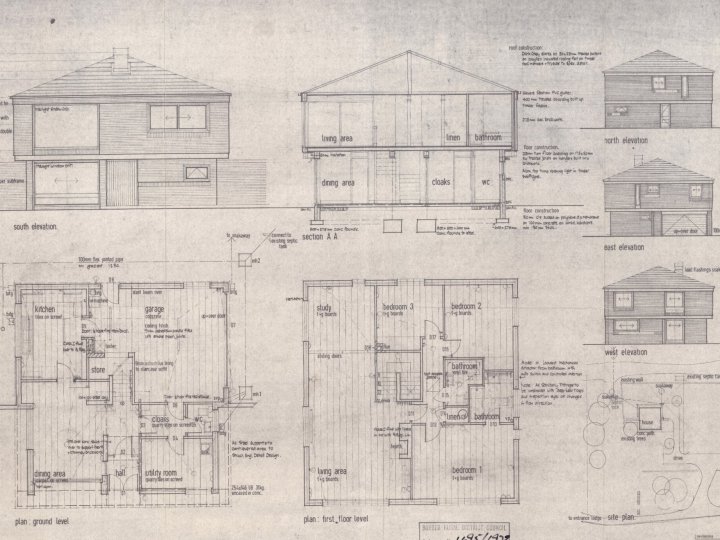
Health & Safety (H&S) requirements apply to all building works, regardless of any projects scale, size, costs, or location. Unfortunately, a commonly held belief seems to be that formal H&S procedures only apply to large building works and not smaller scale residential building sites.

Many house owners whom may be considering an extension or other property alterations are often surprised that they have legal responsibilities duties under the Construction, Design & Management Regulations (2015), often simply referred to as the CDM Regs, the most recent revision came into effect in the UK on the 6th April 2015.
These regulations are not intended to create a raft of seemingly unnecessary paperwork, but to create a working environment that ensures that nobody is injured during the works programme and that the finished building is safe to use and maintain.
The initial up-front planning works required to comply with the current CDM Regulations also brings an additional cost benefit in that, if the works programme is well managed and the building is constructed in compliance with the approved building control drawings, there is likely to be far fewer problems with the finished building
This in turn avoids the need for any potentially expensive remedial works and keeps ongoing maintenance and running-costs of the property to a minimum.

What Are Principal Designers, Principal Contractors & Pre-Construction Information Packs?
Any persons commissioning any architectural design and building works are required to formally appoint a suitably qualified and experienced Principal Designer at the outset of the design process to guide your project through the complex planning permission application and building control approval processes.
Any relevant information known to the building owner and/or occupier should be recorded such as any known structural issues, any known hazards (such as asbestos) and the locations of known overhead cables or buried service pipes should be recorded.
In turn, the Principal Designer appointed also assumes a duty of care to the client to ensure the proposed works are designed in compliance with all applicable regulations and legislation and can be constructed in a safe manner. The Principal Designer will collate all the relevant information into what is referred to as a Pre-Construction Information Pack (PCIP).
Prior to building works commencing on-site, a Principal Contractor will be appointed who will oversee all Health & Safety issues onsite, as well as further developing the PCIP into a Construction Phase Plan outlining how any identified safety concerns are to be addressed ensuring all sub-contractors are familiar with the Pre-Construction Information Pack (PCIP).

What Areas Do The CDM Regs Cover?
Each contractor is required to create a site safety file which should contain, amongst other items, all applicable Risk Assessments and Method Statements (RAMS) and ensure the competency of the persons working on-site.
Some of the areas which the CDM Regulations would typically include are works which are the most common sources of injuries on building sites, for example:
• Collapse of excavations.
• Collapse of permanent and support structures.
• Exposure to dusts from building works.
• Exposure to asbestos.
• Falls from height.
• Electricity.
• Separating the site from any members of the public.
For construction projects where works are expected to last more than 30 days and have more than 20 persons onsite at any one-time or where works are expected to be longer than 500 workings days of work across all contractors and sub-contractors, the Health & Safety Executive must be notified of the project using the HSE-F10 form prior to any works beginning onsite. IGB Architectural Design can act as the designed Principal Designer and will ensure this is completed on the client’s behalf if required.
